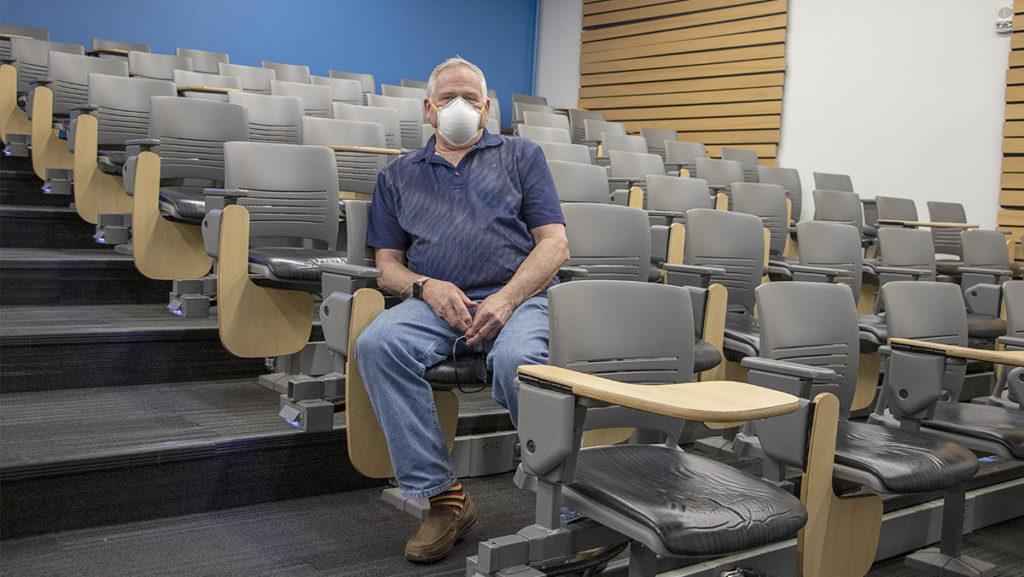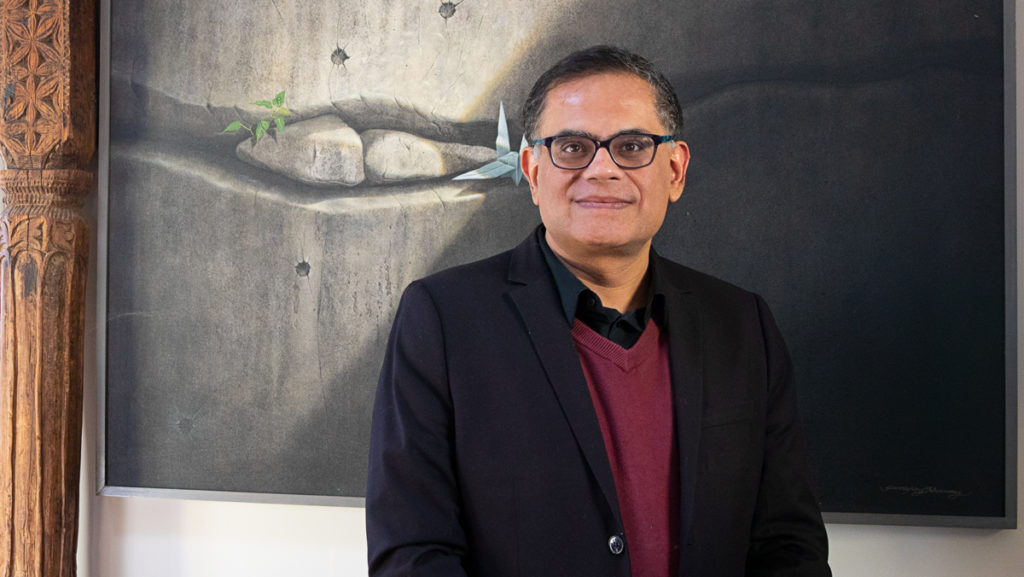With the COVID-19 pandemic still a prevalent issue and many unknowns about the upcoming semester at Ithaca College, members of the college community are left wondering what the college’s next steps will be. To answer some of these questions, the administration held a Parent and Family Virtual Gathering on Oct. 14 and an All-Student Gathering on Oct. 15.
A question on many students’ minds is how faculty cuts will affect them. At the Faculty Council meeting Oct. 6, La Jerne Cornish, provost and senior vice president for academic affairs, announced that approximately 130 faculty members will lose their jobs because of decreased enrollment. Since then, the college has made it to national headlines in publications like Inside Higher Ed, The Chronicle of Higher Education and Forbes. The college is not alone in having to make these difficult decisions about cutting personnel and programs. Employment in the private education industry is down by 355,000 since February, according to the U.S. Bureau of Labor Statistics. There is no denying that the COVID-19 pandemic has exacerbated the financial issues that institutions of higher education were already facing. However, the Ithaca College administration needs to acknowledge that.
At the gatherings, the administration stressed that faculty cuts are not because of an enrollment crisis nor the COVID-19 pandemic but, rather, because it is part of the college’s strategic plan. While it is true that reducing the size of the college is part of Ithaca Forever, the strategic plan was supposed to be a phased response to the national enrollment crisis over the next five years. The severity of the pandemic is what led to the need to accelerate the plan.
By relying on the strategic plan like a crutch to justify faculty cuts, the administration is disingenuously making it seem like everything is under control and going according to plan. If cuts this drastic were what the administration was planning all along, this was not made clear to the campus community. Otherwise, there would have been much more debate surrounding the strategic plan when it was first announced.
Additionally, referring to the faculty cuts as a “correction” makes it seem as if faculty members are a problem that needs to be solved. How can the college be an “employer of choice,” as the strategic plan states, if it can not guarantee job security? Faculty members are not just a number. They are the backbone of the institution and what makes the college what it is.
One-sided webinars are not the most effective method of communication, especially when so much is at stake. Of course, the options for clear communication are limited when not everyone is on campus together. At the gathering, Cornish said that there will be a meeting for students involving the deans of all five schools to further discuss academic programming. At these meetings, it will be imperative that there is an open dialogue beyond a chat-box question-and-answer session. These changes to the college are inevitable because of the global pandemic and the landscape of higher education, but it is critical that it is an open and transparent process. Right now, members of the campus community are left in the dark — a feeling that is unfortunately not new at the college.


















